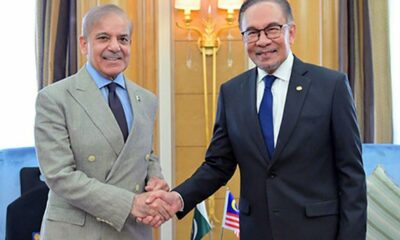Business
SIGAR issues pessimistic economic forecast for Afghanistan
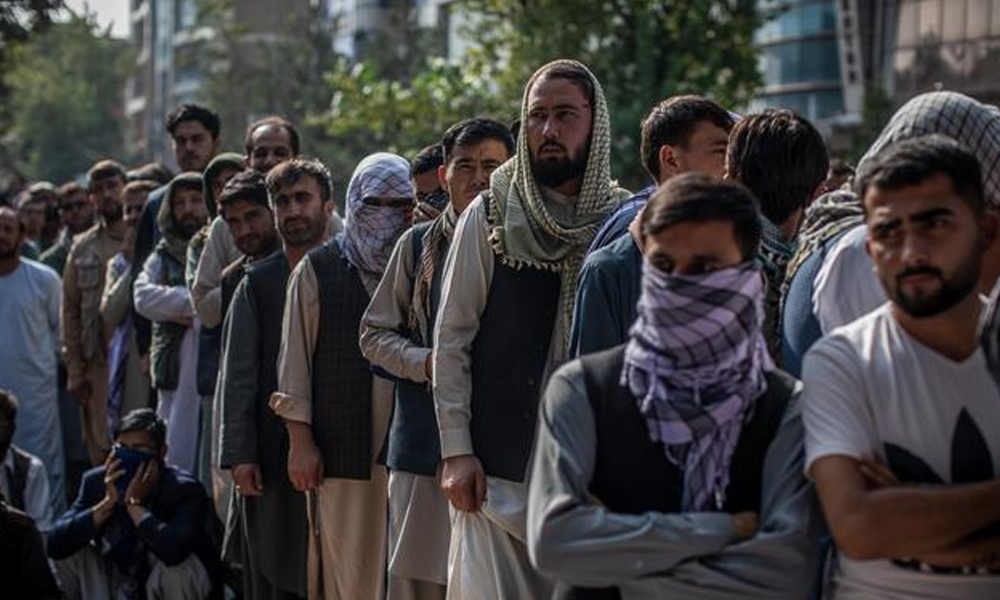
Afghanistan’s economy suffered severe contraction in 2021, with the UN Development Programme (UNDP) and IMF estimating up to a 20–30 percent drop, the US Special Inspector General for Afghanistan Reconstruction (SIGAR) reported.
According to SIGAR’s latest report, annual per capita income is estimated to have fallen from $650 in 2012, to $500 in 2020, and is expected to drop to $350 by 2022.
SIGAR stated that male unemployment in Afghanistan may nearly double from 15.2 percent in 2019 to 29 percent by 2022.
“In the worst-case scenario modeled by the Asian Development Bank, unemployment could increase by more than 40 percent in the short run and household consumption could contract by 44 percent,” read the report.
The devaluation of the afghani has also impacted the Afghan economy and further diminished Afghan households’ ability to purchase food and
other necessary items, because much foreign trade was settled in US dollars.
Since August last year, the afghani has depreciated against the US dollar, from approximately 77 afghani to the dollar to around 105 as of January
2, 2022.
SIGAR also reported that adding to the pressure on the country’s limited cash reserves, Afghanistan lacks the technical capabilities to print its own currency.
According to SIGAR, the IEA has not yet secured or developed a domestic printing source for afghani banknotes.
SIGAR reported that Afghanistan’s largely cash-based economy has continued to struggle with an acute cash shortage since November, which has limited day-to-day economic activities.
“Banks are at the center of a liquidity crisis, with lost access to international financing and depositors attempting to recover their funds,” read the report.
According to a UNDP report, Afghanistan’s banking system is in “existential crisis.” Total deposits had fallen to the equivalent of $2 billion as of
September 2021 from $2.8 billion the month.
As the Afghan economy has struggled to find areas of sustainable economic growth in recent years, the country has increasingly relied on remittances from Afghans working abroad, especially in neighboring Iran.
By 2019, remittances accounted for the equivalent of 4.3 percent of Afghanistan’s annual GDP, an increase from 1.2 percent in 2014, according to World Bank data.
However, officials from the UN’s International Organization for Migration estimate this figure could have been as high as 15–20 percent, given that many remittances are sent through the informal hawala money-transfer system.
According to officials at Médecins Sans Frontières, with the absence of a functioning banking sector, many NGOs have also been forced to rely on
hawalas to pay expenses within Afghanistan.
In November 2021, the IEA announced a complete ban on the use of foreign currency in Afghanistan, interfering with remittance activities and
worsening the country’s liquidity crisis.
However, SIGAR reported that indicators suggest that the currency ban is not being actively enforced against the US dollar, which continues to be widely used in Afghan markets.
Business
Ariana Afghan Airlines boost air trade with arrival of new cargo aircraft
The Ariana Afghan Airlines press office says this achievement marks an important stride toward strengthening national trade and promoting Afghanistan’s path to economic self-reliance.
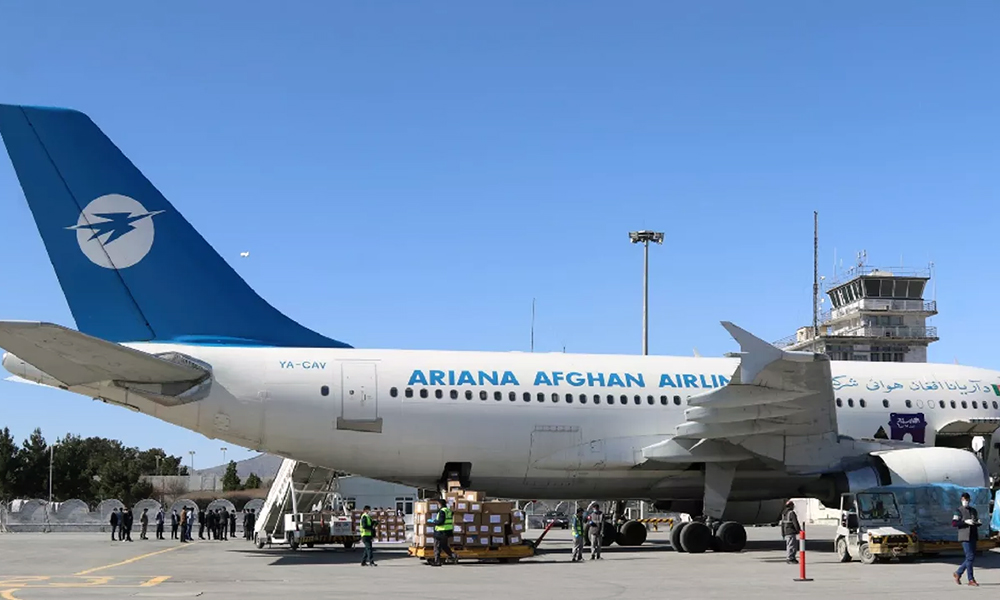
Ariana Afghan Airlines has announced a major development in the country’s air-transport sector, confirming that a long-awaited charter cargo aircraft has been officially contracted and will arrive in Afghanistan soon. The move is being hailed as a “significant and facilitative breakthrough” for national traders.
Bakht-ur-Rahman Sharafat, the head of Ariana Afghan Airlines, says the finalization of this contract reflects the leadership’s firm commitment to supporting Afghanistan’s growing trade sector. “This new cargo aircraft is part of Ariana’s broader plan to strengthen exports and provide fast, reliable, and competitive air-transport services for Afghan traders,” Sharafat stated.
According to Ariana officials, the addition of the new cargo aircraft will greatly enhance commercial air-transport services. It is expected to ensure timely delivery of goods, reduce transportation costs, and significantly increase the country’s export capacity.
Economic experts believe this step will not only offer substantial facilities to traders but will also play a key role in Afghanistan’s economic development and the expansion of its export markets.
Ariana’s leadership says the cargo aircraft will open new avenues for accelerating and securing the movement of both export and import goods, while fostering healthy competition within the nation’s aviation sector.
The Ariana Afghan Airlines press office says this achievement marks an important stride toward strengthening national trade and promoting Afghanistan’s path to economic self-reliance.
Business
IEA demands assurances from Islamabad before trade routes reopen
Mujahid noted that Afghanistan is currently meeting its essential import needs through a range of regional partners, and therefore will not rush to resume commerce with Pakistan without clear assurances.
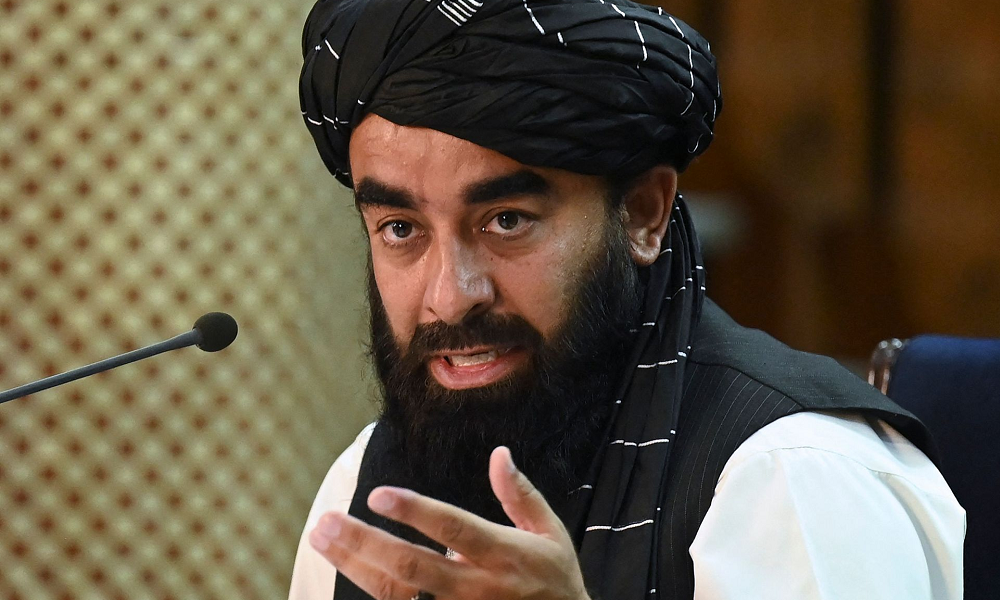
The Islamic Emirate of Afghanistan (IEA) has said that the reopening of trade and transit routes with Pakistan will depend on Islamabad providing firm guarantees that these corridors will not again be used as instruments of political pressure.
In a statement released on social media, IEA spokesperson Zabihullah Mujahid accused Pakistan of having “illegally and politically” closed key border routes in recent months, a move he said caused “serious harm to the people on both sides of the Durand Line.”
Mujahid noted that Afghanistan is currently meeting its essential import needs through a range of regional partners, and therefore will not rush to resume commerce with Pakistan without clear assurances.
He said the IEA wants trade to take place in a “dignified and mutually beneficial” manner and made clear that any reopening will require Islamabad to commit to keeping commercial corridors free from political interference.
“Trade routes with Pakistan will only be reopened once strong assurances are received from the Pakistani government,” he said, adding that the guarantees must ensure Pakistan cannot again weaponise transit access or disrupt legitimate trade.
According to the IEA, the priority is to safeguard traders’ rights, stabilise cross-border transit, and ensure that the economic needs of the population are not influenced by political disputes.
The IEA said any step toward reopening the routes must be built on mutual respect and a long-term commitment to cooperation.
Business
Ariana Airlines deepens cooperation with Turkish Airlines
Both sides agreed to form joint technical and operational teams to advance cooperation and strengthen the regional air transport network.

Ariana Afghan Airlines and Turkish Airlines have moved to strengthen their aviation partnership following a high-level meeting between Ariana CEO Bakht-ur-Rahman Sharafat and Turkish Airlines CEO Bilal Ekşi.
According to Ariana Afghan Airlines, the discussions centered on expanding air transport connectivity, improving passenger and cargo services, and increasing the exchange of technical and operational expertise between the two carriers.
Sharafat praised Turkish Airlines for its global reach and operational standards, noting that the airline’s experience could play a vital role in enhancing air travel, trade, and tourism between Afghanistan and Turkey.
Ekşi commended Ariana’s recent improvements and said Turkish Airlines would support capacity-building initiatives, including technical training, aircraft maintenance, and operational enhancement programs.
Both sides agreed to form joint technical and operational teams to advance cooperation and strengthen the regional air transport network. The move marks a significant step toward deeper aviation collaboration between the two countries.
-

 International Sports3 days ago
International Sports3 days agoStar-studded squads set to ignite DP World ILT20 Season 4
-
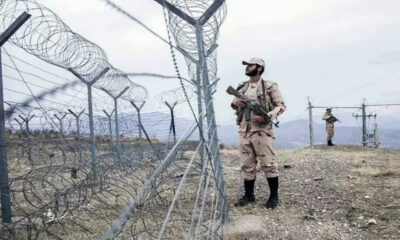
 Latest News4 days ago
Latest News4 days ago10 Afghans killed in Farah border shooting by Iranian forces
-

 Sport5 days ago
Sport5 days agoAfghanistan deepens ties with Uzbekistan through new cricket development partnership
-
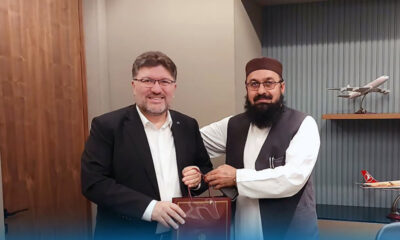
 Business4 days ago
Business4 days agoAriana Airlines deepens cooperation with Turkish Airlines
-
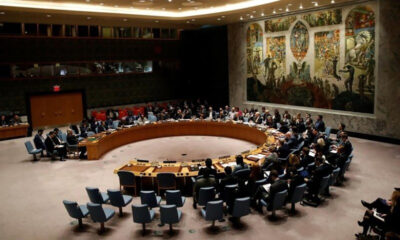
 Latest News4 days ago
Latest News4 days agoUN Security Council to review rising Afghanistan–Pakistan tensions
-

 Sport5 days ago
Sport5 days agoUAE Bulls clinch first Abu Dhabi T10 title with dominant 80-run victory
-

 Latest News4 days ago
Latest News4 days agoChina urges Tajikistan to protect citizens after border attack
-
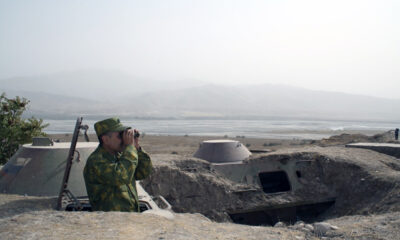
 Latest News3 days ago
Latest News3 days agoSituation along Afghan-Tajik border “not stable,” says Dushanbe






